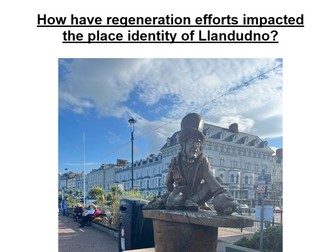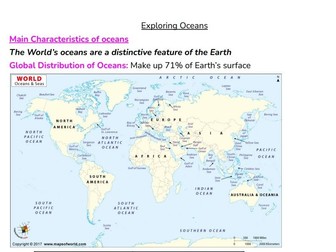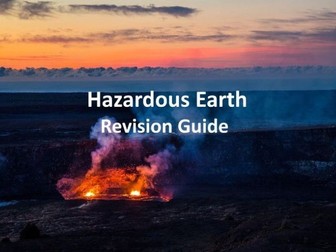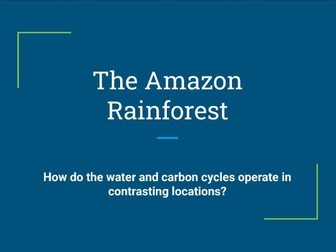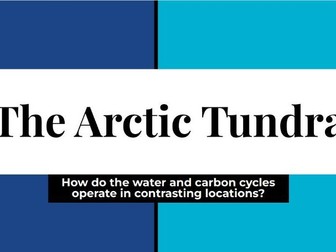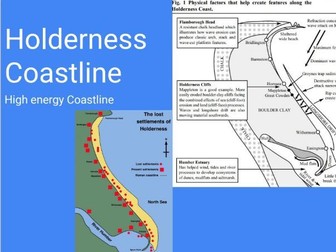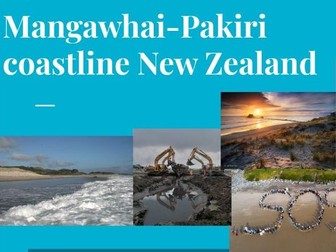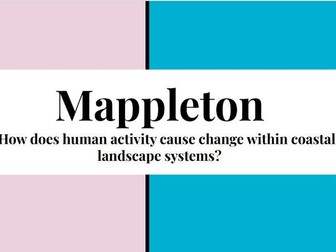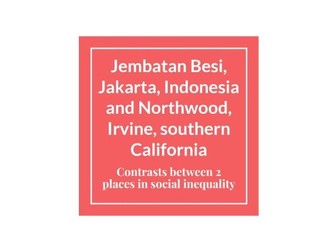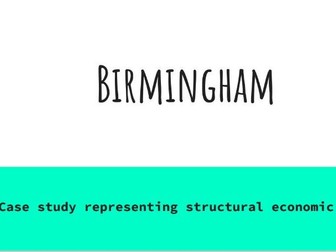A Level Geography A* NEA
<p>NEA on ‘How have regeneration efforts impacted the place identity of Llandudno?’ My NEA recieved an A* and provides inspiration for the structure, data collection and data analysis in order to write an NEA.</p>
<p>The contents is as follows:</p>
<ul>
<li>Executive Summary, Aim & Investigation</li>
<li>Location</li>
<li>Introduction</li>
<li>Methodology</li>
<li>Data presentation</li>
<li>Conclusion</li>
<li>Evaluation</li>
</ul>
<p>It is 46 pages long.</p>
